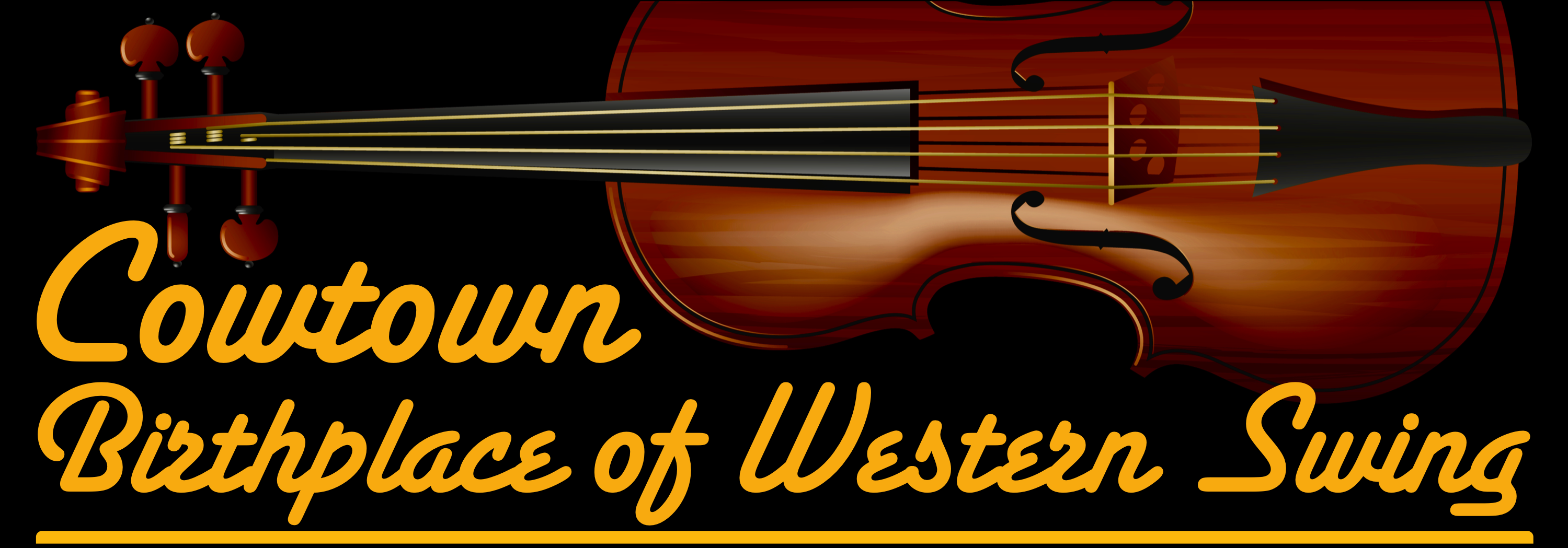Cain's Ballroom

"The Holy Grail of Western Swing"
Built in 1924 by Tulsa entrepreneur Tate Brady, Cain's Ballroom has gone from a garage, a dime-a-dance joint and a dancing academy until it became what is known by artists and patrons alike as one of the top performance venues in the world today.
The highlight of the ballroom is a historic maple, spring loaded dance floor designed in a "log cabin" or concentric square pattern. Lighting the dance floor in the center rafters above is a four-foot neon star and a reflective multi-mirror ball. The walls are decorated with oversized portrait photographs of the many legendary Western Swing musicians who played at Cain's, including Bob Wills, Leon McAuliffe, Moon Mullican, Spade Cooley, Johnnie Lee Wills, Ernest Tubb, Hank Williams, Hank Thompson and many others. Between the portraits are black fiddle-shaped fixtures illuminated by a single red bulb.
Bob Wills was born into a family of Texas fiddlers where he learned to play the fiddle and mandolin. As a young man in Fort Worth, Texas, Wills performed at house dances, medicine shows and on the radio with Milton Brown and the Light Crust Doughboys. In 1934 he moved the band from Waco to Tulsa, and on New Year's Eve 1935, Bob made his debut at Cain's - - - and the venue soon became known as "The Home of Bob Wills."
As The Home of Bob Wills and his Texas Playboys from 1935 to 1942, the ballroom was especially significant for popularizing a newly refined sound of western music that eventually became known as Western Swing, a fusion of frontier fiddle, jazz, blues, big band swing, rhumba, mariachi, boogie, Cajun and jitterbug music. Weekly dances, a midnight radio show and a daily noon-hour program were played at Cain's by Bob Wills during what are remembered as his "glory years."
Bob Wills is remembered as "The King of Western Swing." He was inducted into the Country Music Hall of Fame in 1978, into the Rock and Roll Hall of Fame in 1999 and received a Grammy Lifetime Achievement Award in 2007 for his significant contributions to American music from the 1930s through the 1960s. During his career, Wills wrote and recorded at least 470 songs, including "Take Me Back to Tulsa" and "San Antonio Rose," and he influenced such artists as Willie Nelson, Merle Haggard and Asleep at the Wheel.
Cain's Ballroom is known throughout the music industry as not only "The Home of Bob Wills," but also as the "Carnegie Hall of Western Swing" and also the "Holy Grail of Western Swing."
Cain's Ballroom
Walk of Western Swing Fame
Portraits

